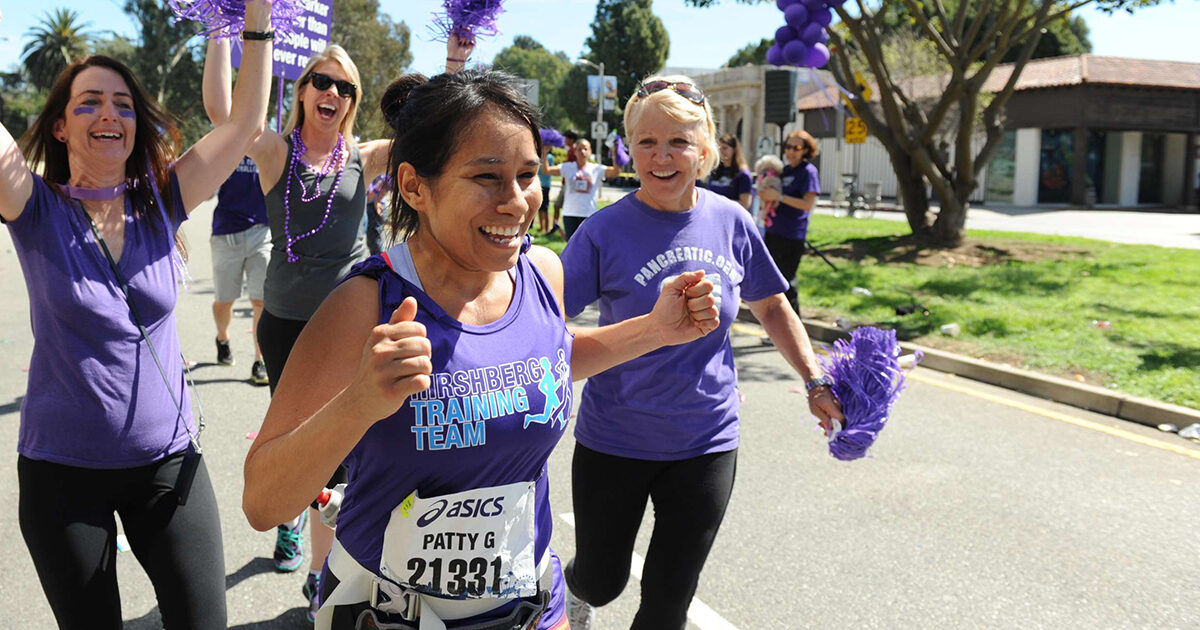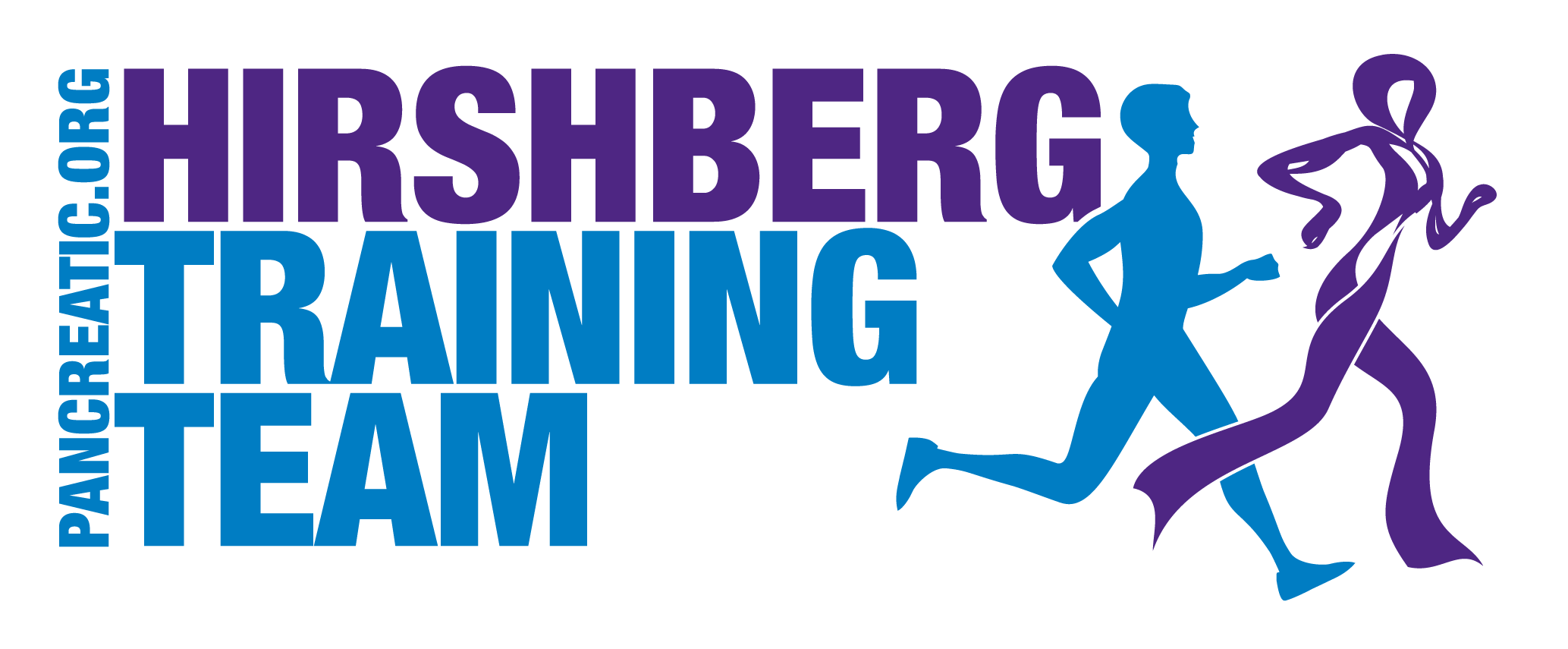
When Ronaldo da Costa broke the marathon world record at Berlin in September 1998, he justified a racing tactic I’ve promoted for a long time. Da Costa ran negative splits, which means he finished the second half of the race faster than the first half–a full 3 minutes faster, in fact.
You don’t have to be an elite athlete to run like da Costa. Anyone can and should run negative splits. Unfortunately, most runners don’t. Instead, they start in a near sprint, hang on through the middle and resort to a survivor’s shuffle at the end. In contrast, those who opt for negative splits patiently run a bit slower for the first third of a run, pick up the pace in the middle and finish with strength and speed.
The reason this works is because it can take your body several miles to get warmed up. After that, your muscles are charged, your joints lubricated, and mood-boosting endorphins flood your system. You’ll find yourself running faster without feeling any more effort.
While even 5-K racers can benefit from this negative-split technique, marathoners will find it even more beneficial.
Trust the method. Many people are so used to charging out and then gradually slowing down that they don’t trust their bodies will ever speed up during a run. Trust me. It works. If you conserve your resources during the early part of a run, they’ll be available to you at the end.
Train negative. To build confidence in the method, practice negative splits during your training runs. Instead of starting your fartlek or interval sessions at the pace you want to average, run the first portion of the workout 10 to 15 seconds per mile slower. By the end of the session, you’ll be running faster than planned and will probably be feeling better than you’ve ever felt during a speed session.
Practice during 5-Ks. Running numerous short races will help you predict your starting pace for a longer race. Think of these races as miniature marathons, where you’re honing your negative-splitting abilities. Just as in your practice runs, start out conservatively and gradually build speed.
Predict your pace accurately. One of the most important keys to running negative splits is pinpointing an accurate race pace.
Remember: you can always speed up at the end if you’re feeling good.
Start slow. Begin your race 10 to 20 seconds per mile slower than the race pace you’ve predicted. Don’t be tempted to speed up when you notice all those other runners flying by. Instead, hold back by imagining yourself comfortably passing them later in the race.
Gradually build speed. As you near the middle of the race–8 to 10 miles into a marathon, for example–you want to hit your race pace. Then, toward the end, use those fresh legs to pass as many tired runners as you can.
By Jeff Galloway
